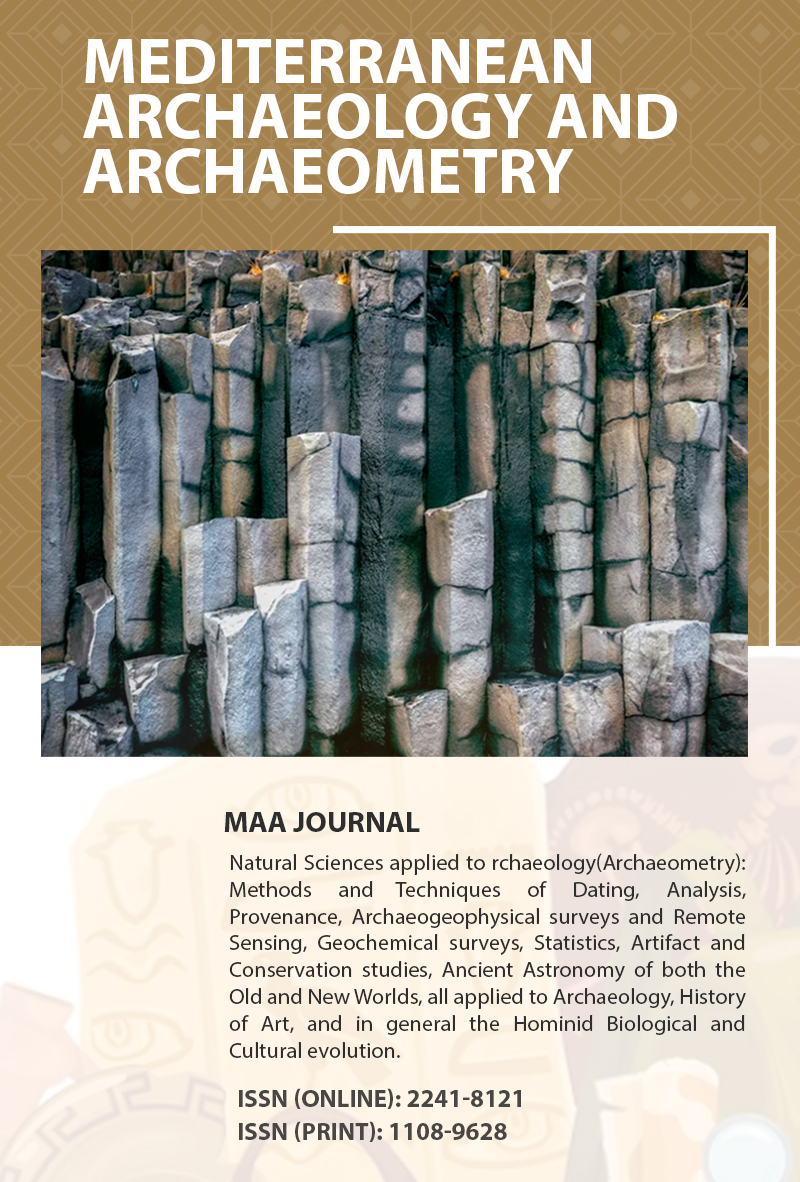BRONZE AGE RELIEF-DECORATED POTTERY IN WESTERN TURKEY: NEW EVIDENCE FROM İZMİR-BAYRAKLI MOUND
Keywords:
Relief-decorated Pottery, Early Bronze, Middle Bronze, Bayraklı Mound (Old Smyrna), Pottery Analysis, pXRF AnalysisAbstract
The relief-decorated sherds in different designs are known from the Bronze Age sites in Western Turkey. The decorations are usually associated with the belief systems. However, no general exposition has been done on the meaning and the origin of these motifs so far. Recent excavations at Bayraklı Mound (Old Smyrna) pro-vides some relief-decorated sherds, designed as “moustache”, “vertical strip” and “spiral”. The “Western Trenches”, located at the southwest of the mound, is characterized by five archaeological layers and provides some relief-decorated sherds, dating to the Early and Middle Bronze Ages. Except a sherd from Level IV, dating to the Early Bronze Age II, the rest come from Level I and date to the Early and Middle Bronze Age transition period. This article discusses the relief-decorated sherds from Bayraklı Mound according to their form, decoration, ware features and pottery composition in light of portable XRF (pXRF) analysis and makes some comparisons with other Bronze Age sites in Western Turkey. The pXRF analysis have been conducted for the total of 20 sherds from Bayraklı Mound. The differences in the element quantities indicate a diversity in the clay com-positions, which may be associated with various clay supplies in the mentioned periods.










